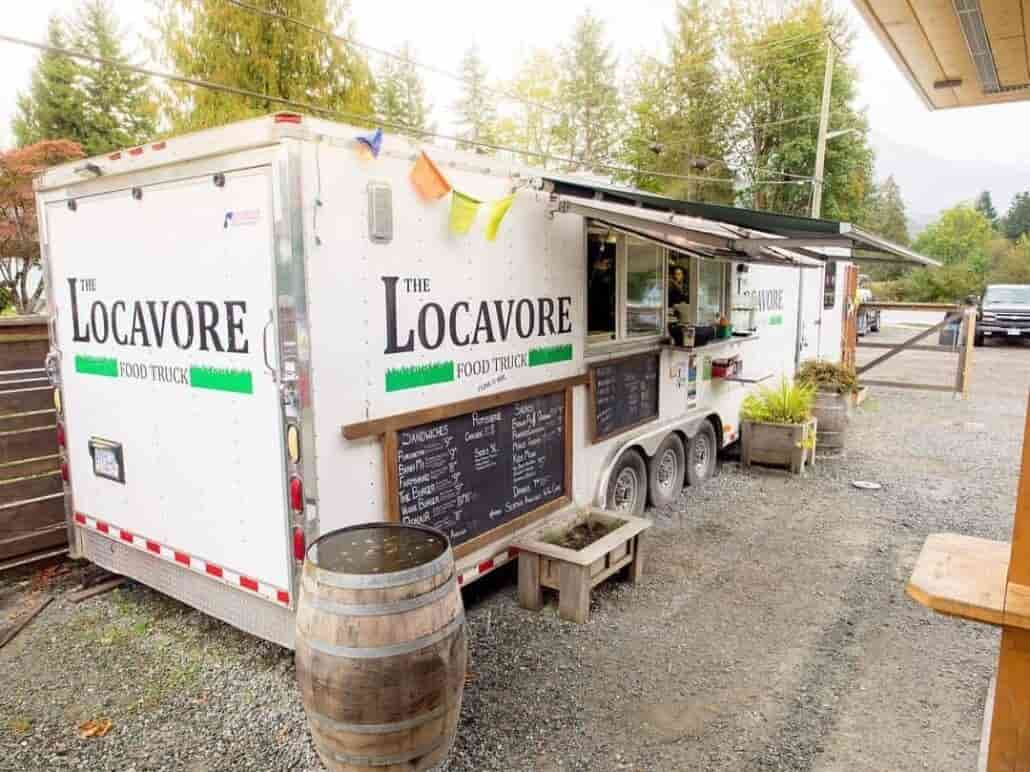Financing Affordable Housing On The Squamish Open Market
www.paulhudsonmortgages.ca
I recently attended a meeting for the Affordable Housing Framework for Squamish and discovered affordable housing stretches far beyond government assisted housing developments. Affordable housing is actually quite prevalent on the free market locally and has been a growth trend I have been financing for more than 10 years.
Below are three examples of how Squamish residents are making open market affordable housing work:
The Rental Suite/Carriage Home “Mortgage Helper”
I’ve always looked at this option as entrepreneurial in nature. However, it also serves two additional purposes in the realm of affordable housing. Firstly, the owner of the house is providing a rental unit in a market that demands it. In most cases a suite in a house rents for 10-15 percent less than the same sized unit in a condo complex. Secondly, the homeowners can afford a home that better meets their living needs (for example, being able to afford a detached house rather than a townhouse or condo). Many people moving to Squamish are doing so for the opportunity to own a house rather than an apartment. When you crunch the numbers, this rational makes sense since a $750 monthly payment for a two-bedroom rental suite in a home with a 400K mortgage can offset your mortgage costs by over 40 per cent.
The Borrowed Down Payment Mortgage
Yes, despite what you may have heard in the media, it is still possible to borrow up to 100 per cent of your funds to buy a house in Canada. Although very few financial institutions offer this option currently, there are a few still doing it. This is a great option if you have not yet saved up five percent for a down payment. In short, you borrow the down payment from a line of credit, low interest visa or small loan. This is a very easy thing to do if you have minimal or low debt and limited savings. As long as you can afford your mortgage payment and the credit payment combined, this can be an option for you.
The Rent-To-Own Option
What appears to be a no-brainer option on the surface is easier said than done. A typical scenario goes something like this: your landlord wants to sell a property to you privately. You agree but don’t have five percent down. Your landlord then offers to hold a portion of your rental funds in a trust account for your down payment at a future date. The big catch is underwriters such as CMHC will only accept the rental payment amount over and above what the market-rent value is. For example if market-rent for a two-bedroom condo is $950 per month and your landlord agrees to set aside $500 of your payment towards a $12,000 down payment over 24 months, rent collected must be $1450 per month. This often becomes a deterrent due to the higher than normal rental cost required. If you belong to the small segment of the real estate market that agrees to this type of forced savings plan, this may be an option for you to consider. The big question however is “why would your agree to this if you can save the extra $500 on your own?” The answer is three–fold. Firstly, your landlord agrees to sell you a property at today’s market value rather than an undetermined future value. Secondly, you will likely agree to a purchase price below the current market value of an equivalent home since your landlord saves on real estate costs by not listing the property for sale. Finally, as a purchaser, you save time shopping for real estate and save a bit of money avoiding moving costs. The risks faced by both parties in the style of transaction include limited access to experienced real estate professionals, an undetermined future value for the property in question and potentially losing your deposit if you decide not to buy.
In any given month I entertain these and many other proposals as alternate ways to gain entry to our local real estate market. The good news is, many lenders are open to mortgaging outside of the box, as long as your proposal makes financial sense.









Leave a Reply
Want to join the discussion?Feel free to contribute!